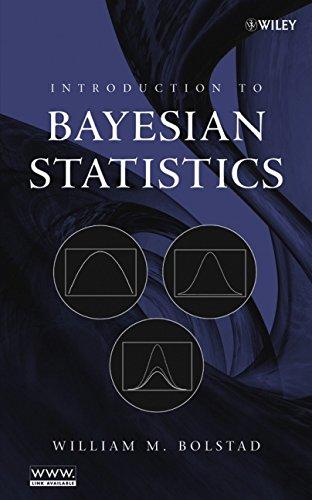New Zealand was the last major land mass to be settled by human beings. The Shag River
Question:
New Zealand was the last major land mass to be settled by human beings.
The Shag River Mouth in Otago (lower South Island), New Zealand, is one of the sites of early human inhabitation that New Zealand archeologists have investigated, in trying to determine when the Polynesian migration to New Zealand occurred and documenting local adaptations to New Zealand conditions. Petchey and Higham (2000) describe the Radiocarbon dating of wellpreserved barracouta thyrsites atun bones found at the Shag River Mouth site.
They obtained four acceptable samples, which were analyzed by the Waikato University Carbon Dating Unit. Assume that the conventional radiocarbon age
(CRA) of a sample follows the normal (µ, σ2) distribution, where the standard deviation σ = 40 is known. The observations are:
Observation 1 2 34 CRA 940 1040 910 990
(a) Use a normal (1000, 2002) prior for µ. Find the posterior distribution g(µ|y1,...,y4).
(b) Find a 95% credible interval for µ.
(c) To find the θ, the calibrated date, the Stuiver, Reimer, and Braziunas marine curve was used. We will approximate this curve with the linear function
θ = 2203 − .835 × µ .
Find the posterior distribution of θ given y1,...,y4.
(d) Find a 95% credible interval for θ, the calibrated date.
Step by Step Answer:







